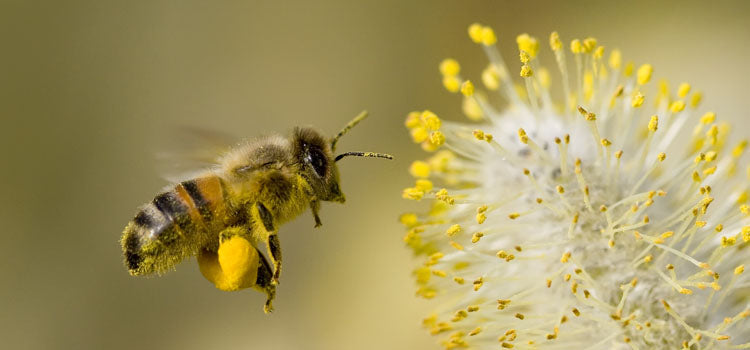Air pollution is increasingly becoming a concern for beekeepers as pollution levels continue to rise in urban and rural areas. Despite many governments' best efforts to mitigate pollution by creating pedestrianised city centres, pollution levels are still increasing particularly in rural areas. These pollution levels are impacting wildlife, particularly pollinators such as butterflies and bees who are unable to sniff plants out whilst pollinating. Fumes from diesel chemically alter floral odours found in plants and flowers, meaning insects are unable to locate sources of pollen and nectar. In the last 30 years, 1/4 of the world's bee population has disappeared, which is especially worrying given how essential pollinators are to the lifecycles of wildlife.
During studies, researchers found that even in rural areas, pollinators were massively affected by nitrous oxide and ozone pollution, which reduces pollination by up to 70%. These pollutants may have dangerous impacts on ecosystems and food production, with low pollination levels resulting in crop failures and food shortages. Pollution is also especially worrying for human health considering we breathe pollutants in every day. In the UK, 7 million people die each year prematurely from air pollution including from respiratory diseases such as cancer. Women who are exposed to air pollution before pregnancy are 20% more likely to have babies with birth defects. Maintaining a healthy ecosystem and reducing pollution is important for both people and planet and we should all make efforts to improve sustainability in our lives.

